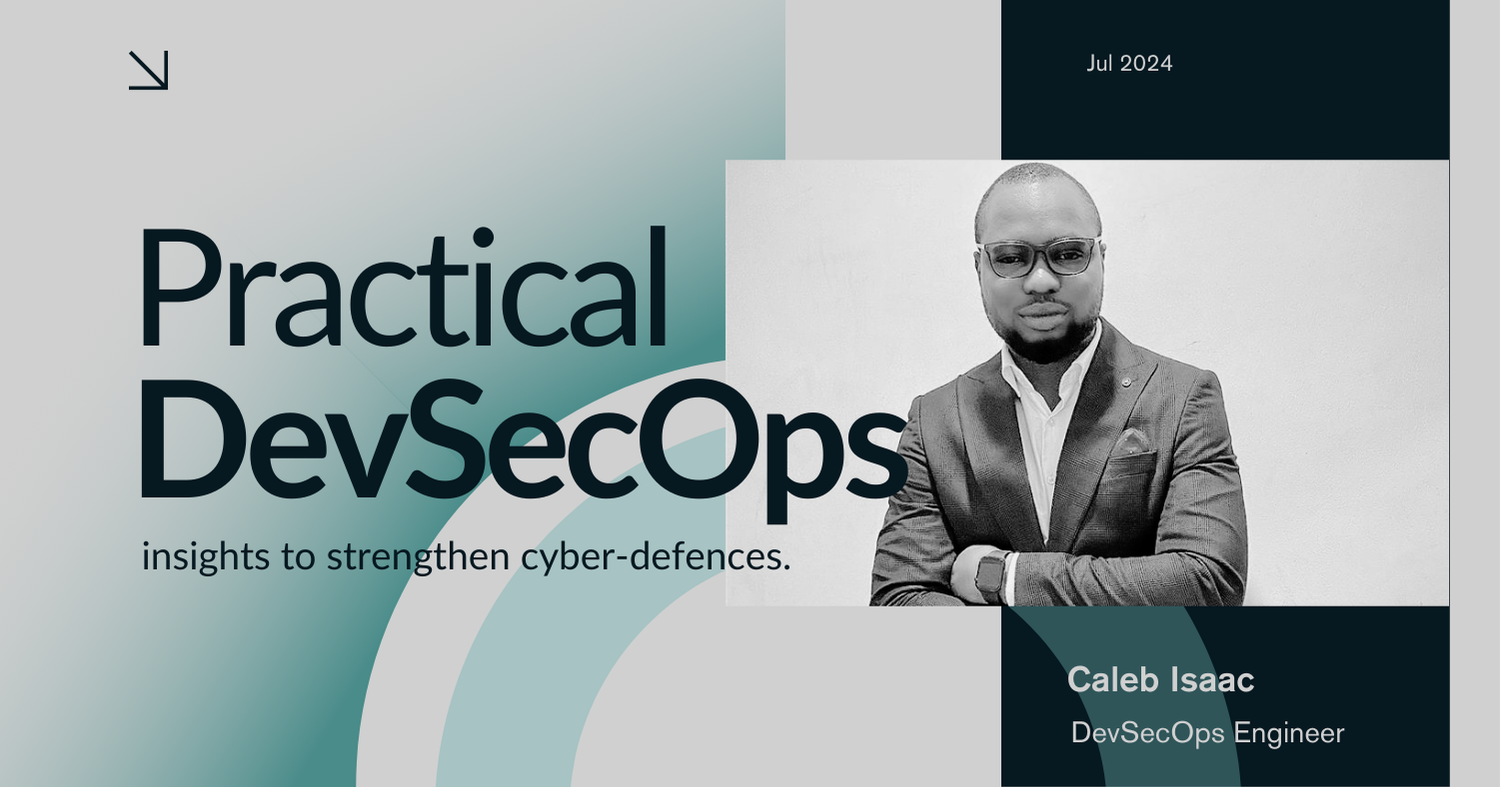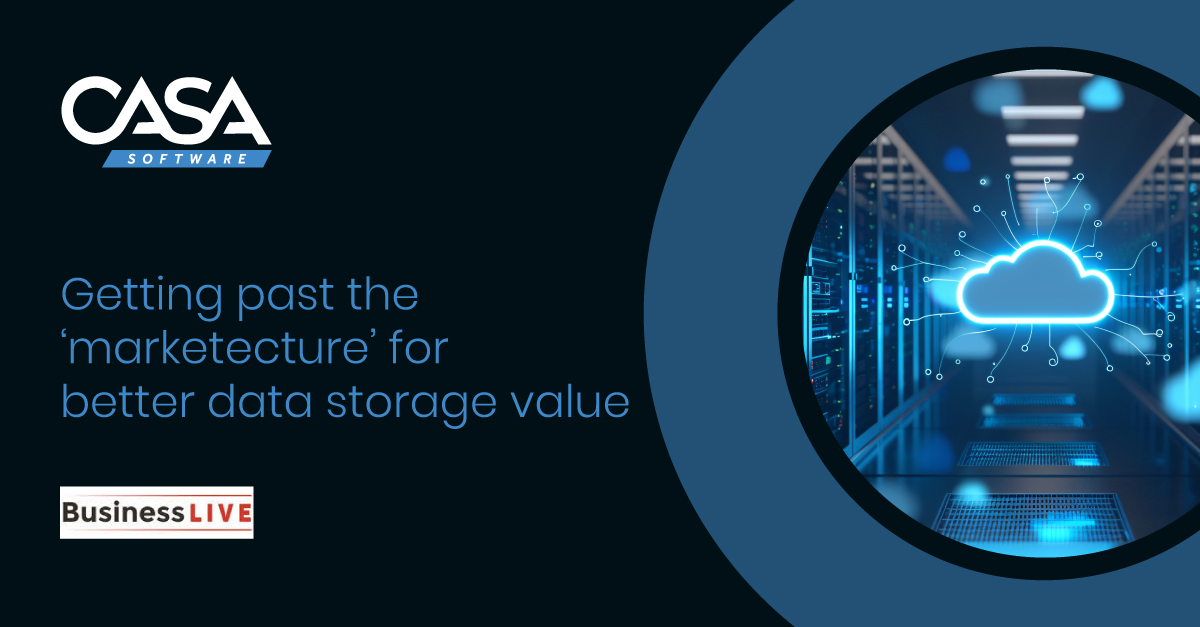Caleb Isaac, DevSecOps engineer at iOCO, discusses the critical need for integrating security into software development practices.
In this candid Q&A, Caleb explains why major companies have faced cyber-attacks, the benefits of a security-first approach, and how DevSecOps transforms the development process to enhance both efficiency and safety.
Q: Why have major companies come under cyber-attack in recent years?
A: A big reason is that they often overlooked security in their development processes. These companies faced significant losses until they smartened up and started incorporating best security practices into their workflows. Take Facebook’s breach in 2018, for example; it stemmed from flaws in their development code. It’s a stark reminder that security isn’t just a box to tick; it needs to be woven into every aspect of a company’s operations.
Q: What is the importance of integrating security practices into modern DevOps practices?
A: Integrating automated security testing into the development process is like giving developers a secret weapon against security risks. Not only does it save time and effort, allowing them to focus more on future software releases and critical features, but it also fosters better communication and collaboration within the team. Teams can work smarter, not harder, by baking security into every step of the DevOps journey, keeping their systems safe and sound.
Q: Security responsibility is a key topic in cybersecurity discussions. Who assumes responsibility for security in the integrated development process?
A: In the DevSecOps approach, security is woven into every stage of development. This means that security becomes a shared responsibility among all team members, from planning and coding to testing and deployment. Everyone’s on the same page. This approach also amps up communication and teamwork among all the different specialists working on the project.
Q: How is DevOps different from DevSecOps?
A: DevOps is all about automation across the development process, but sometimes it doesn’t prioritise security as much. On the flip side, DevSecOps places security at the forefront right from the start. In DevOps, teams often operate in separate spheres, but in DevSecOps, security becomes a collective responsibility. It’s not merely an afterthought; it’s part of the daily workflow.
DevSecOps doesn’t just focus on code; it extends to scrutinising external elements like libraries. This comprehensive approach ensures that whether we’re developing internally or leveraging external resources, security remains a central concern.
Q: Can you walk us through implementing DevSecOps throughout the software development cycle?
A: Absolutely, let’s break it down. First up, we’ve got Static Application Security Testing, which involves the initial analysis of the code. Whenever code is being written, it’s crucial to check and analyse it for security vulnerabilities. Both static and dynamic automated security testing must be employed.
Next, we have security incorporation into development. From the planning phase all the way to the end product, security is integrated from the get-go.
Then, we move on to the DevSecOps pipeline. In the build stage, we make sure that only secure code makes its way into the final product. This means implementing standard checks and certifications at each stage of development.
In these early stages, we also implement security practices known as shift left security to catch and resolve vulnerabilities right from the start of the cycle.
Validation comes next, where we conduct thorough code analysis to ensure everything is properly tested and managed. Once validated, we securely package our applications, ensuring that our cloud configurations meet the latest security standards.
Now, let’s talk about role-based access and monitoring. We make sure that access to cloud resources is restricted based on roles, granting only the permissions required. And to top it all off, we have a robust monitoring and threat detection plan in place to keep an eye on our application’s security from start to finish.
So, in a nutshell, DevSecOps isn’t just about writing code; it’s about writing secure code, testing it rigorously, and ensuring that security is at the forefront of every step in the development journey. Embracing DevSecOps is about building a digital stronghold that safeguards the assets of organisations against evolving threats, instilling end user trust.
This post was originally pushed on CIO-SA.



